In the midst of the escalating Israel-Gaza conflict, two Al Jazeera cameramen have become the latest victims of violence targeting media workers. Fadi al-Wahidi and Ali al-Attar, both critically injured this week, have added to the rising toll of journalists killed or wounded during this brutal conflict. The Al Jazeera network, based in Qatar, has condemned these incidents, accusing the Israeli military of deliberately targeting its staff in violation of international laws that protect the press in conflict zones.
These developments have raised fresh concerns about the targeting of journalists, especially in Gaza, which is becoming increasingly dangerous for media workers. In the past year, at least 128 journalists have lost their lives in the region, the highest number ever recorded in a single conflict.
Targeted Attacks on Al Jazeera Cameramen
The injuries to al-Wahidi and al-Attar are emblematic of the risks faced by journalists covering the ongoing violence in Gaza. On Wednesday, al-Wahidi was shot in the neck while reporting on an Israeli airstrike at the Jabalya refugee camp, an area that has witnessed relentless bombardments in recent weeks. Despite wearing a press vest clearly identifying him as a journalist, al-Wahidi now remains in critical condition. He is one of the many journalists who continue to suffer as Israel ramps up military operations in Gaza.
Meanwhile, al-Attar was shot two days earlier while covering the dire humanitarian conditions in Deir al-Balah, an area struggling with a massive influx of displaced Palestinians. According to Al Jazeera, al-Attar is still deprived of adequate medical care due to Gaza’s crippled healthcare system, which has been devastated by Israeli airstrikes. With hospitals destroyed and medical supplies running short, al-Attar’s condition remains critical, amplifying calls for international intervention to evacuate him for urgent medical treatment.
Rising Journalist Casualties in 2024: A Record-Setting Year
According to the Committee to Protect Journalists (CPJ), the ongoing Israel-Gaza war has made 2024 the deadliest year on record for journalists. As of October 14, at least 128 media workers have been killed, with an overwhelming majority being Palestinian journalists. CPJ has described these numbers as “unprecedented” and continues to investigate additional cases of injury, arrest, and death among media personnel.
Journalist Casualties by Nationality in 2024
| Nationality | Number of Journalists Killed |
| Palestinian | 123 |
| Lebanese | 3 |
| Israeli | 2 |
The table above demonstrates the disproportionate impact of the war on Palestinian journalists, who account for 96% of the total deaths. This reflects the immense risks that local reporters face as they cover the conflict, often positioned near military targets and in areas hardest hit by Israeli airstrikes.
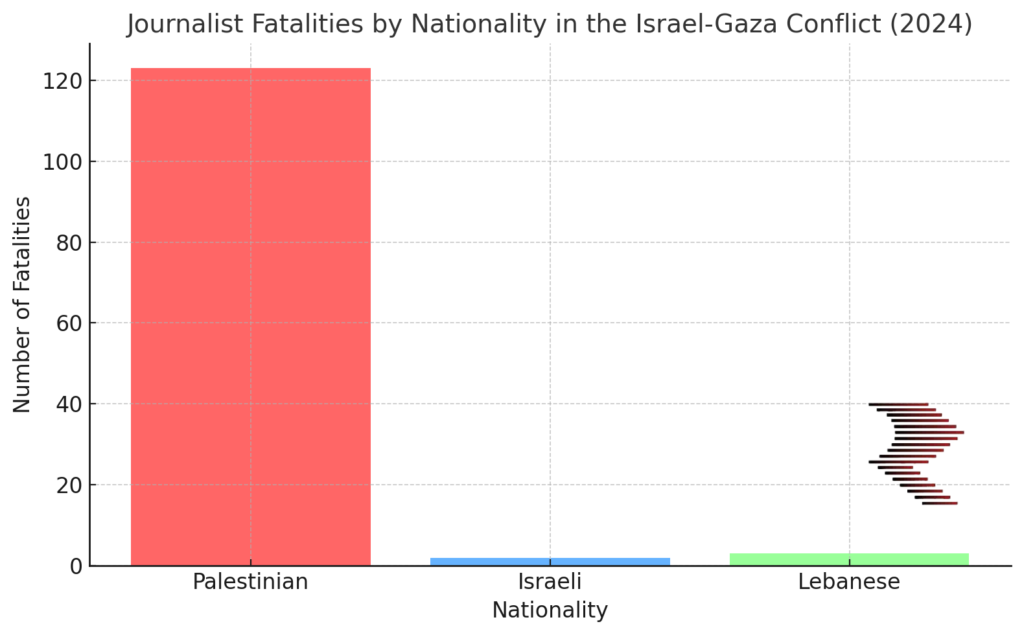
CPJ’s Analysis and Ongoing Investigations
The CPJ is investigating more than 130 additional incidents involving journalists who have been killed, injured, or arrested since the conflict escalated on October 7, 2023. These cases are challenging to document due to the destruction of infrastructure, communication blockades, and the chaotic situation in Gaza. Nevertheless, the CPJ’s initial findings paint a bleak picture for media workers, who often operate without adequate protection, communication tools, or even basic necessities like food and water.
Injuries and Arrests Among Journalists
| Type of Incident | Number of Journalists Affected |
| Injured | 40 |
| Missing | 2 |
| Arrested | 69 |
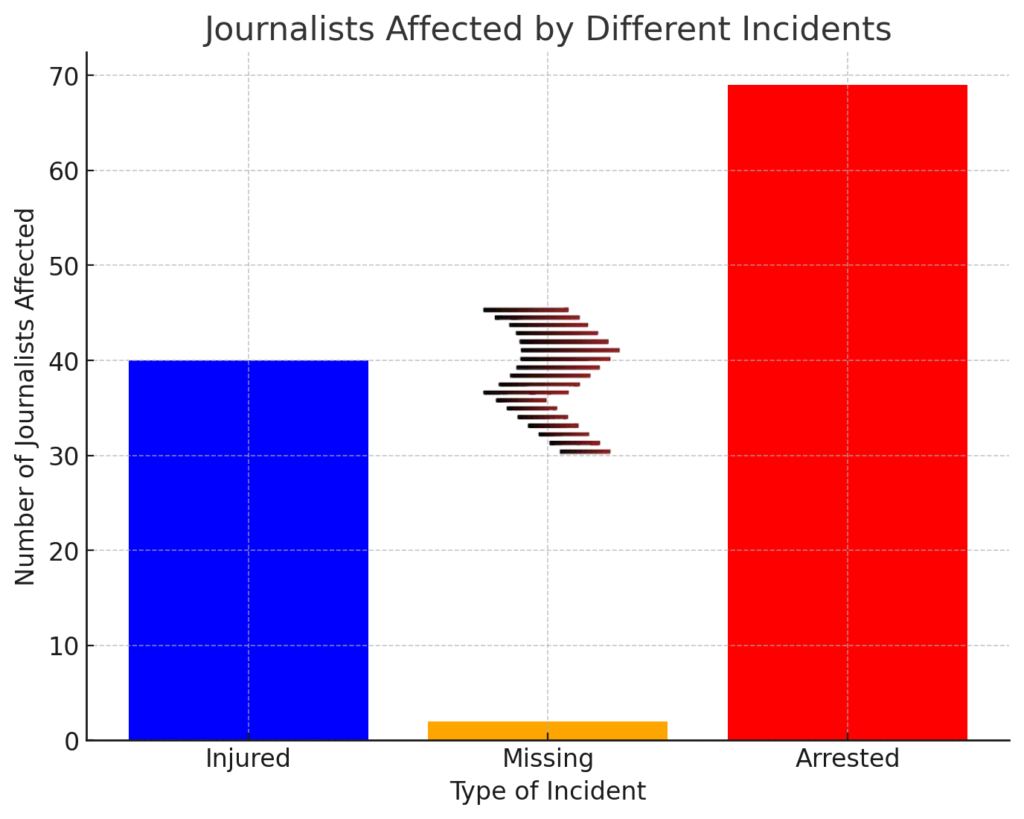
The graph below shows the distribution of journalist injuries and arrests, revealing that a significant number of journalists remain missing or detained, in addition to those injured by the conflict.
International Law and Press Freedom Concerns
Under international law, journalists are classified as civilians and are entitled to protection, especially in war zones. Targeting media workers is considered a war crime under the Geneva Conventions. However, both Al Jazeera and international press organizations argue that Israel is systematically violating these laws. The network, in its official statement, denounced the deliberate targeting of its journalists, calling the attacks “a flagrant violation of international norms.”
Israel, however, has repeatedly denied deliberately targeting journalists, maintaining that its military operations are focused solely on combatants and military objectives. In a statement to The Washington Post, the Israeli Defense Forces (IDF) reiterated that they do not target civilians, including media personnel, but that the chaotic nature of warfare sometimes leads to unintended casualties.
Yet, human rights organizations have contested these claims. Investigations by Amnesty International, Human Rights Watch, and the United Nations have all independently concluded that Israel has intentionally targeted journalists in multiple incidents. The CPJ has similarly accused Israel of “a pattern of impunity” in journalist killings, with no official accountability for the deaths of media workers like Issam Abdallah and others over the past year.
Calls for Evacuation and International Accountability
The global press community, led by CPJ, has called for the urgent evacuation of al-Attar to receive medical treatment unavailable in Gaza. Jodie Ginsberg, CPJ’s chief executive, has been vocal about the need for the United States to intervene, citing its defense of press freedom as a critical element of its foreign policy. She emphasized that without immediate action, al-Attar’s life remains in grave danger.
“We are pushing for al-Attar’s evacuation, as Gaza lacks the necessary medical infrastructure to treat his critical injuries,” Ginsberg said. “It is the responsibility of the international community, especially nations like the U.S. that champion press freedom, to ensure that journalists are protected and treated.”
Journalists Killed in Israel-Gaza Conflict (1992-2024)
The graph below illustrates the rising toll on journalists in the Israel-Gaza war, showing a marked increase in fatalities, particularly in 2024.
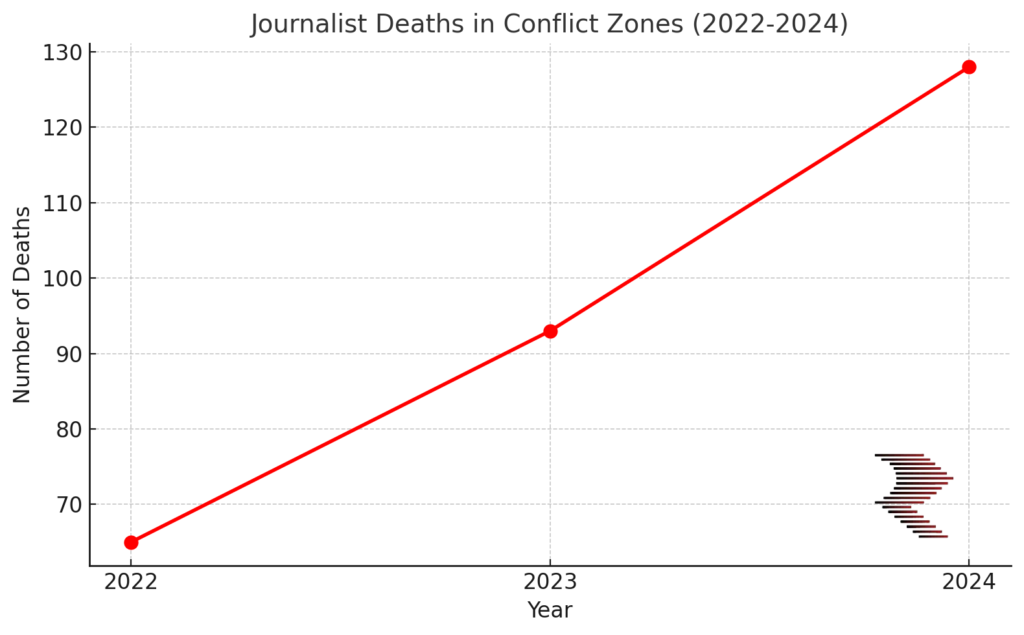
Photo: The graph shows the number of deaths increasing from 2022 to 2024
The Growing Crisis for Journalists in Gaza
As the war drags on, Gaza has become one of the most dangerous places for journalists globally. Over 90% of the region’s population has been displaced, and over 80% of its buildings destroyed, making it increasingly difficult for reporters to operate. Journalists in Gaza are working under extreme conditions, with limited access to essential resources like food, water, and electricity. Many reporters have been forced to abandon their posts due to the lack of protection, international presence, or communication tools.
“Every time a journalist is killed, injured, arrested, or forced into exile, we lose pieces of the truth,” said Carlos Martinez de la Serna, CPJ’s Program Director. “Those responsible for these casualties must face trial not only under international law but also in the court of history.”
The Global Response: ICC Investigations and War Crime Allegations
The International Criminal Court (ICC) has initiated investigations into both Israeli and Hamas leaders for war crimes, including the targeting of journalists. In May 2024, the ICC announced that it was seeking arrest warrants for individuals involved in the deliberate attacks on media workers. These actions mark a critical step towards addressing the impunity that has characterized previous attacks on journalists.
Despite Israel’s assurances that it does not target journalists, the ongoing violence and the staggering number of media worker casualties raise serious questions about the safety of reporters in conflict zones. As press freedom advocates push for stronger protections, the question remains: Will the international community step in to safeguard journalists who risk their lives to cover the truth, or will the pattern of violence and impunity continue?
The High Cost of Reporting in Conflict Zones
The deaths and injuries of journalists in the Israel-Gaza conflict underscore the perilous reality faced by those who report from war zones. With 2024 becoming the deadliest year on record for media workers, the international community must act to protect journalists and hold those responsible for their deaths accountable. As Fadi al-Wahidi and Ali al-Attar fight for their lives, their cases highlight the urgent need for global intervention to protect the press and ensure that those covering the conflict can do so without fear of becoming the next casualties.
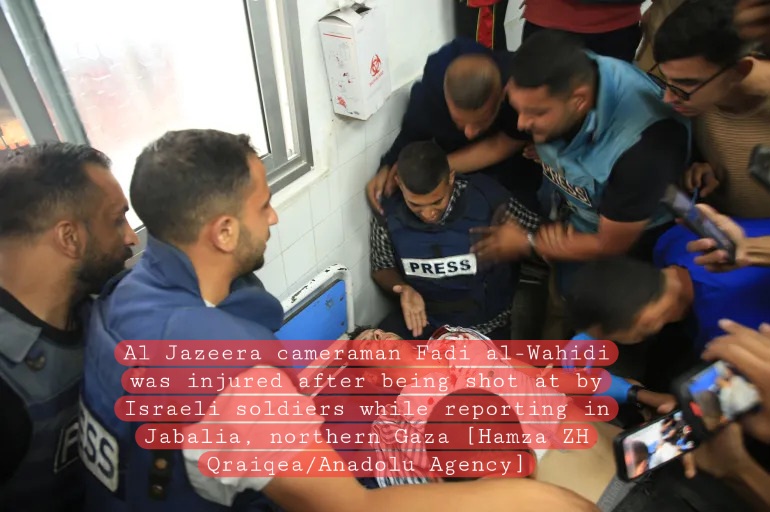

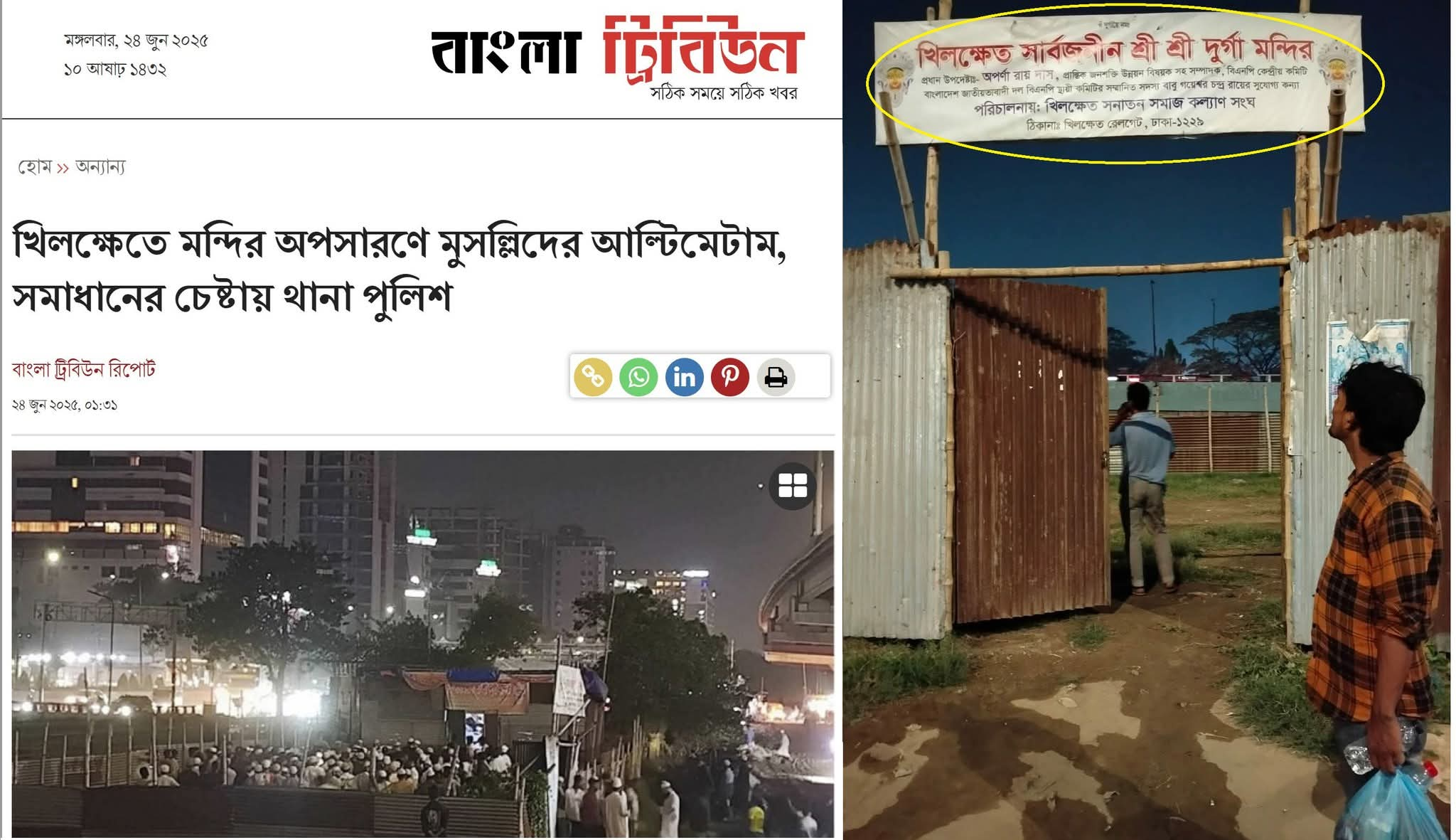
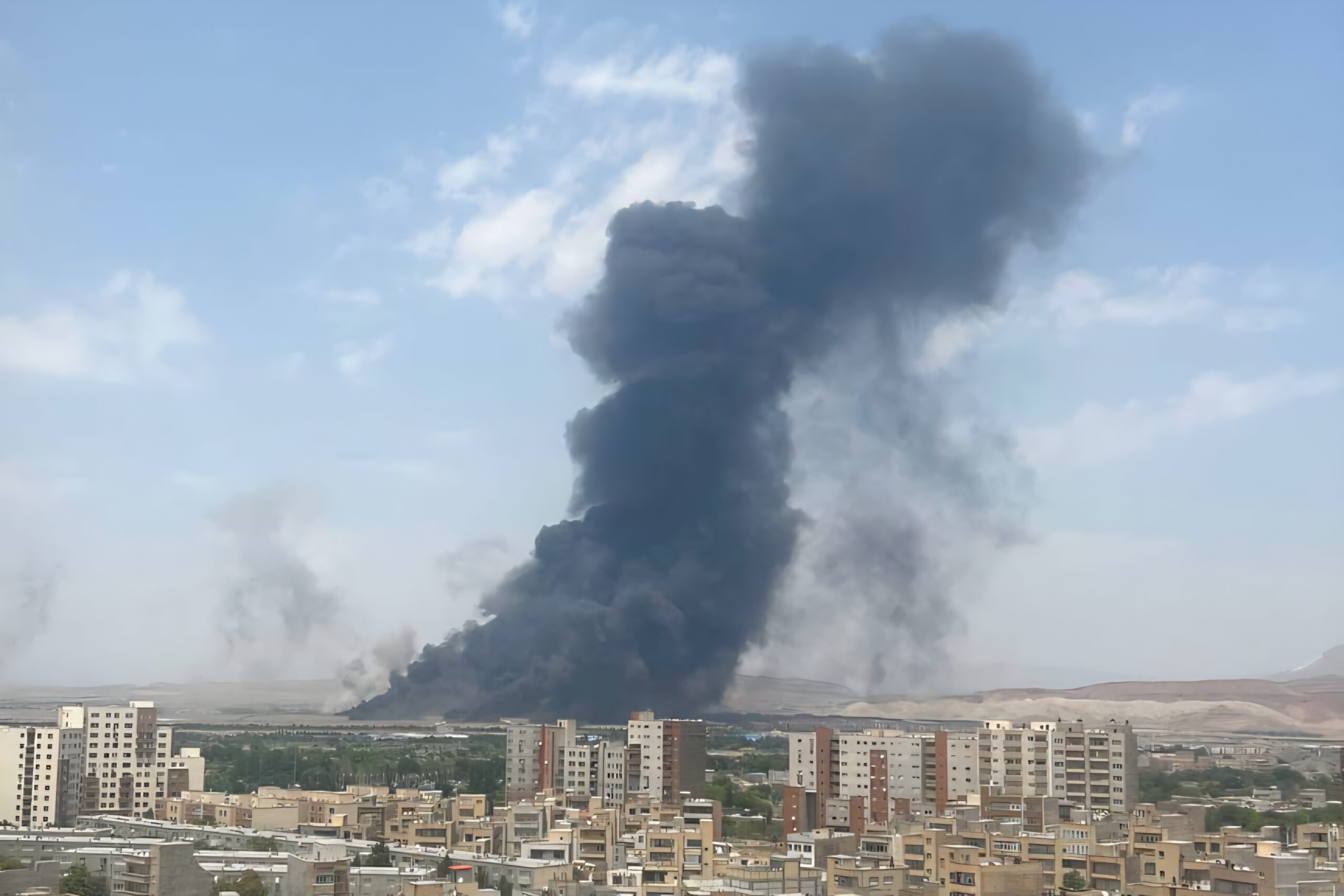
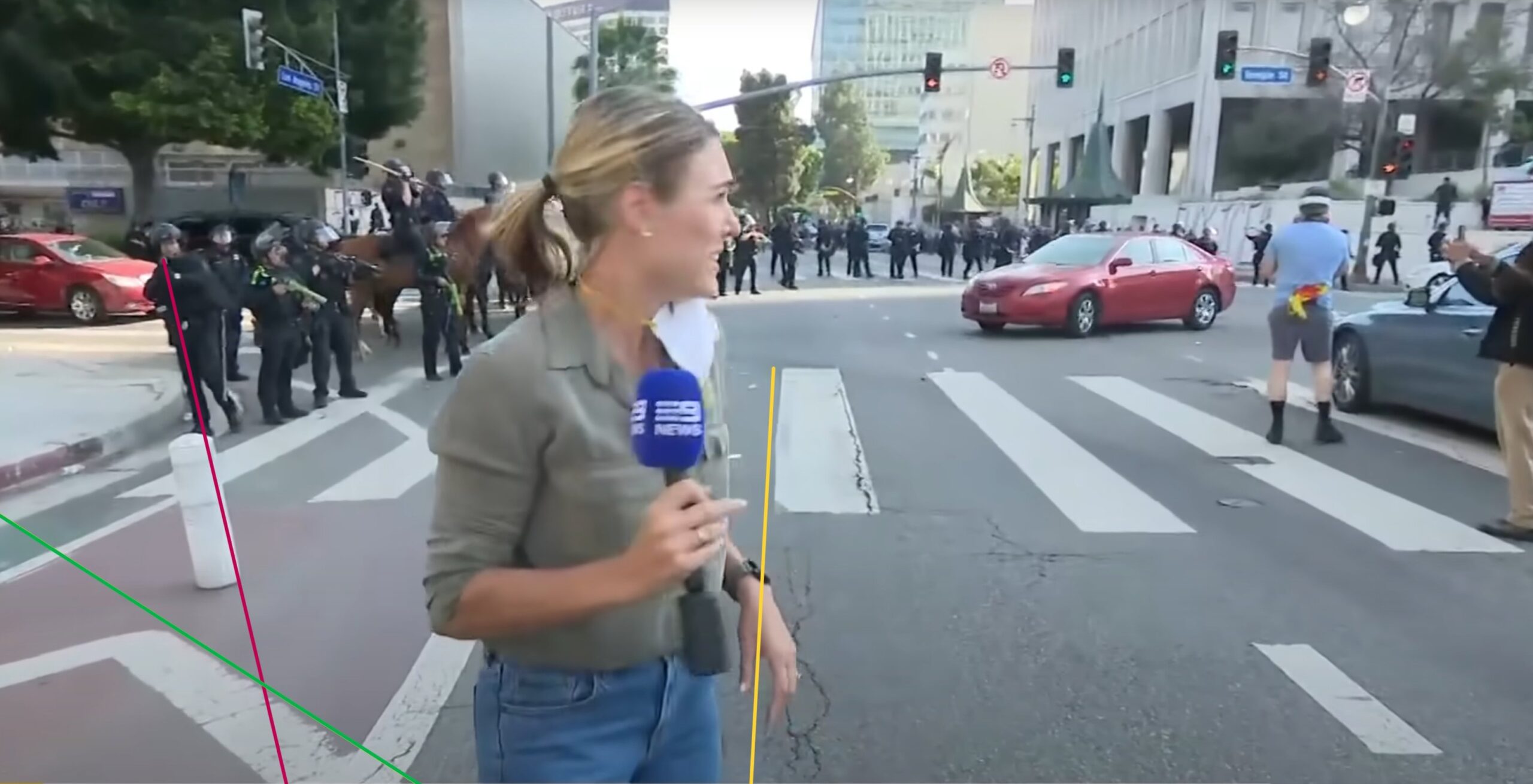

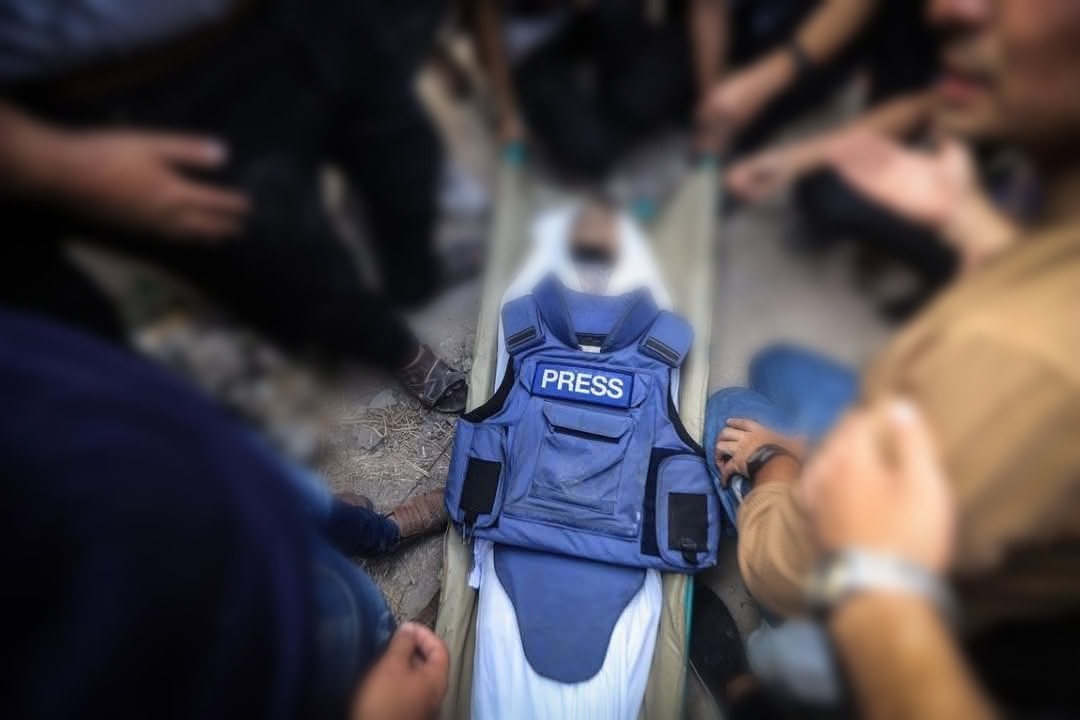
Leave a Reply